Tags
Related Posts
Share This
Catch 22: Paradox on Paper
On Oct. 13, the Ralph T. Coe Foundation hosted Catch 22, an intimate collaborative of artists, collectors and curators to discuss their perspectives on the future of Native American art. Curator Nina Sanders led the discussion, asking questions to members of the panel but also engaging the audience, encouraging them to answer or ask questions. On the panel was executive curator for the Ralph T. Coe Foundation, Bruce Bernstein; ceramic and digital print artist Jason Garcia; ceramic artist and painter Les Namingha; and contemporary artist and teacher Eliza Naranjo Morse.
The discussion was an hour and a half long and focused mainly on how art is cultivated in the Santa Fe community and the obstacles faced when curating traditional and contemporary Native American art. The subject matter became somewhat controversial as members of the panel and the audience had various opinions about the history of how Native American art has been cultivated, the modern standard of traditional Native American Art, and whether too much focus is put on the promotion of the art rather than the art itself. Nonetheless, the conversation was civil and optimistic. Within the panel, there was the belief that a blend of traditional aesthetic and individuality could bring to light the Native Culture into the broader world, and whatever problems arose would inevitably work itself out with the help of the community. Cultivating art within the community was the first subject discussed, and was periodically reintroduced, during the conversation.
Sanders’ first question to the artists on the panel, “How can we cultivate art in our community?”
Namingha answered at length about the Zuni Show, hosted by the Keshi Foundation, this past August. Not only did it do wonders to showcase Zuni art to an audience that otherwise might not have seen it, but it also gave the Zuni artists a chance to have business exposure. “There is still a lack of experience when it comes to professional art. So there were workshops that were held through the summer. Participants were prepared in everything from how to display work to what’s involved in state tax. That’s one example because it was very beneficial to the community in many ways. We certainly, as Native people, have a lot of work to do trying to feel like we are progressing with mainstream society. So when it comes to art itself, there definitely is a lot of help there but could there be more,” Namingha said.
Garcia responded, talking about his experience with sharing the process of creativity with students and the community. “This is my method,” Garcia said, “in sharing ideas and thoughts. Having my sketchbook and giving it to a student, saying ‘you draw in mine and I’ll draw in yours.’ Setting up a communication with young Pueblo artists or just going in as a parent, to the school, to share my experiences. Maybe there’s one student that sees the art and artists and thinks, ‘Oh I know the artist, maybe I can do that too’.”
Sanders turned the question to the curator of the panel, asking, “These artists are talking about giving back. How can an institution be a part of this?”
Bernstein responded by saying, “It’s the role of the curator to open doors for the artist. They do not dictate the rules of engagement, the rules of what’s shown and not shown, but appreciating the artist and what they’re letting the world see.”
Catch 22: Paradox on Paper exhibition, curated by Nina Sanders will exhibit through March 31, 2018. The exhibition offers a unique perspective on the paradoxes of living and working as contemporary artist of Native descent. If the conversation is any indication of the art, then the works will convey a compelling, complex image of personal identity and community through traditional imagery.







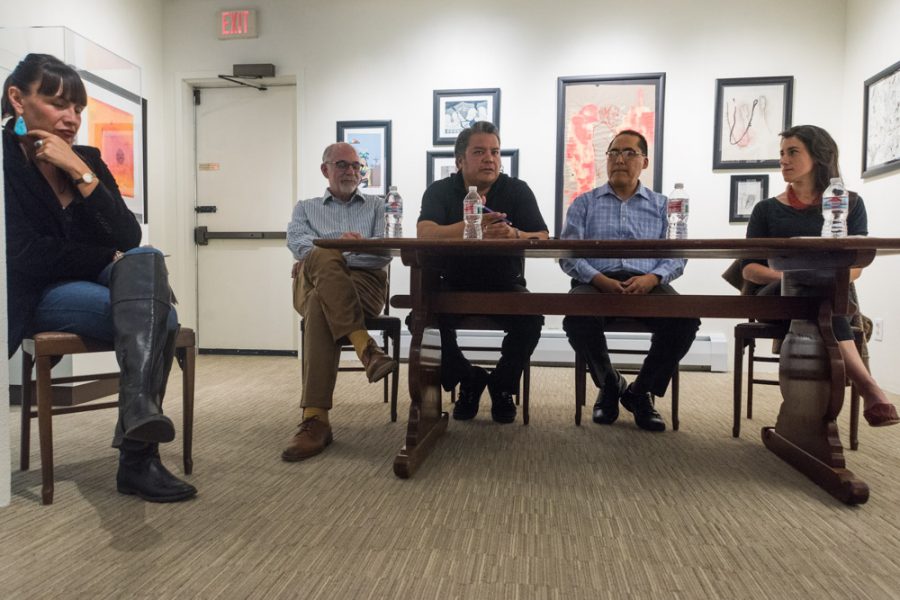
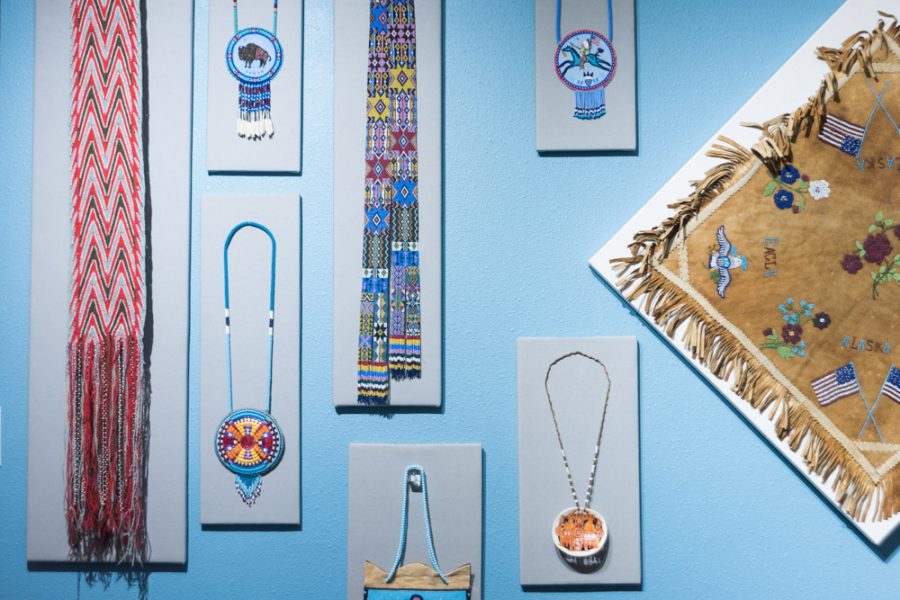
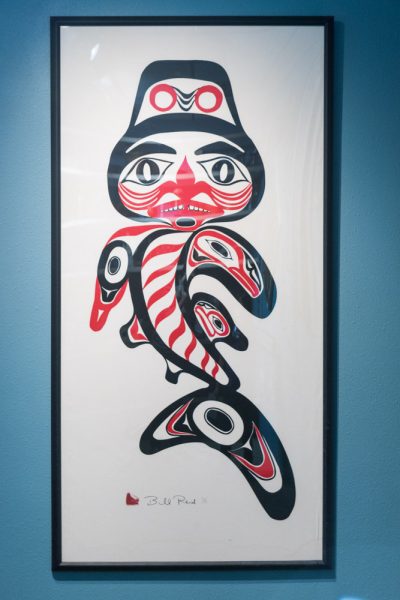
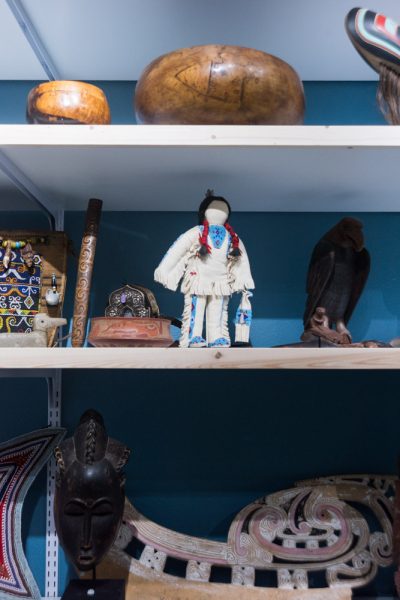
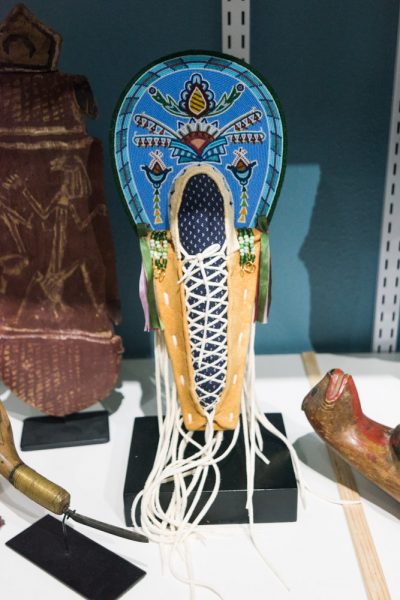
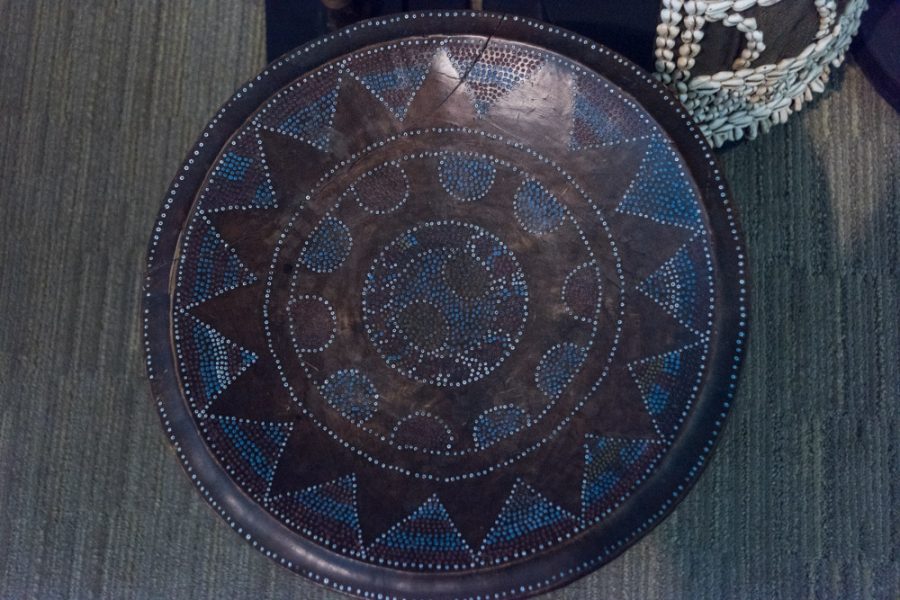
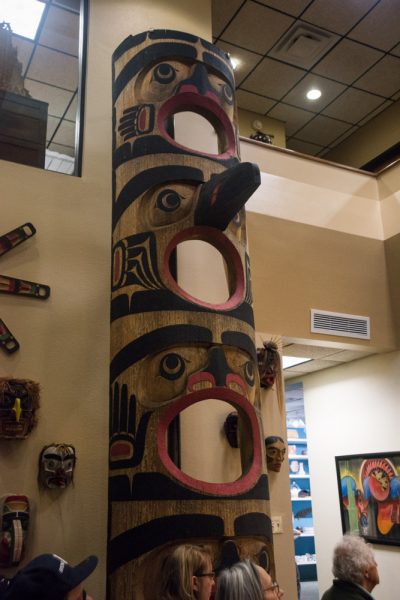
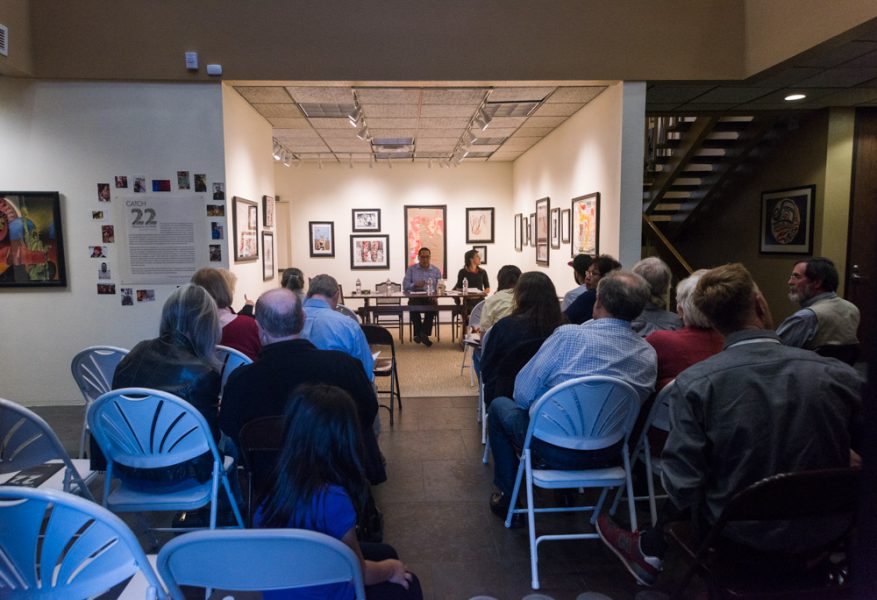
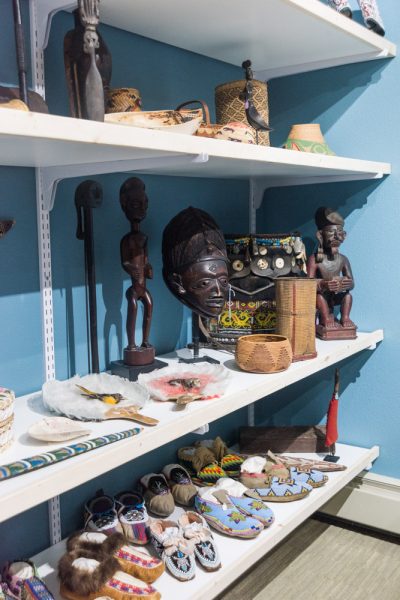
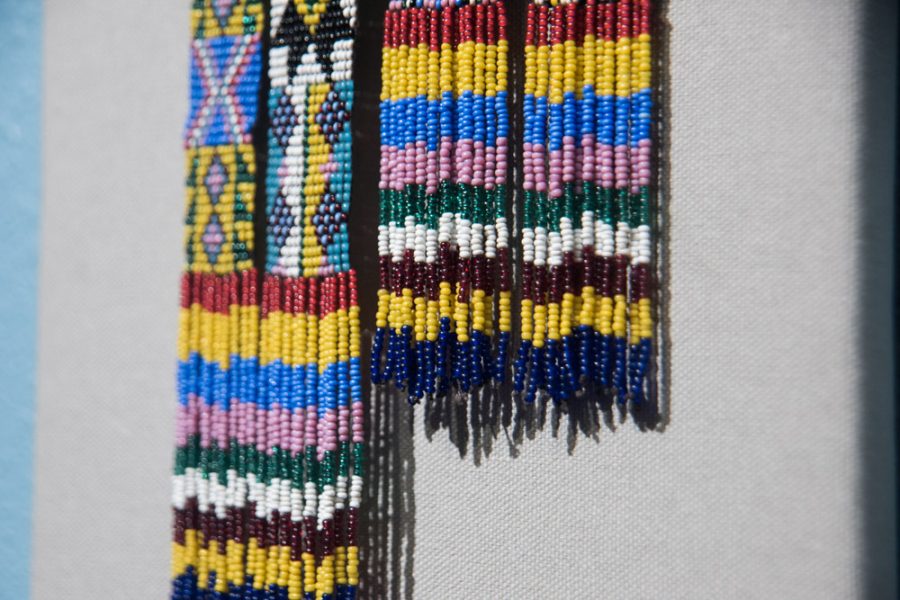
 Jackalope Magazine is the student magazine of Santa Fe University of Art and Design. Building on the interdisciplinary nature of our education, we aim to showcase the talent of our university and character of our city.
Jackalope Magazine is the student magazine of Santa Fe University of Art and Design. Building on the interdisciplinary nature of our education, we aim to showcase the talent of our university and character of our city.
Recent Comments